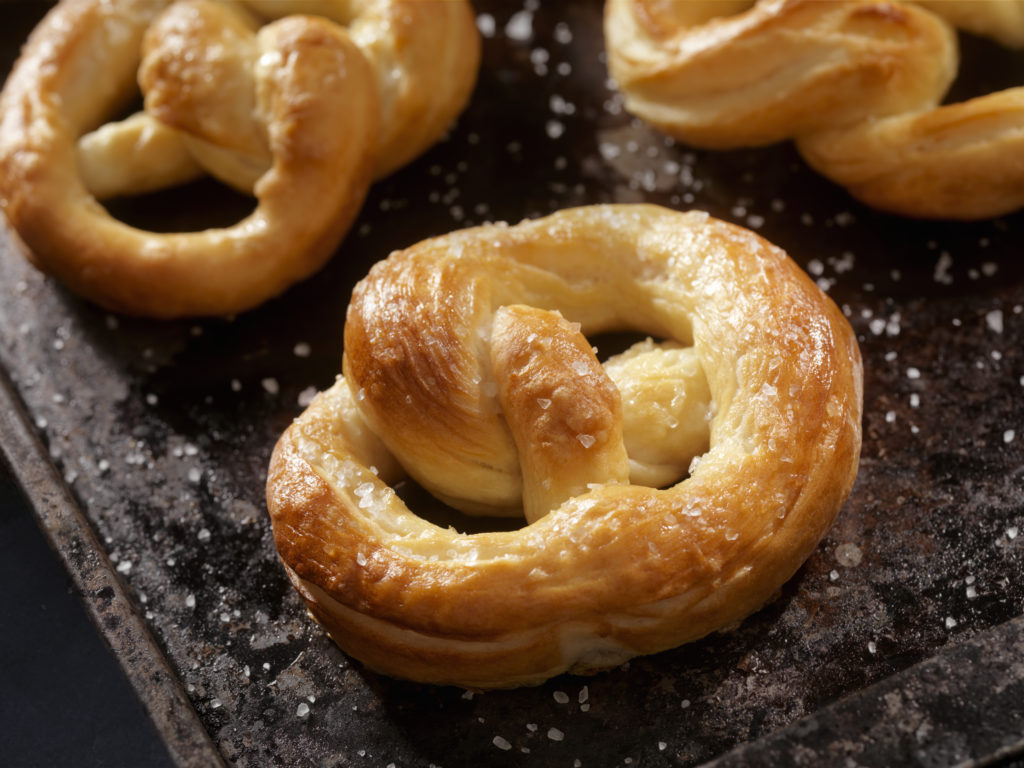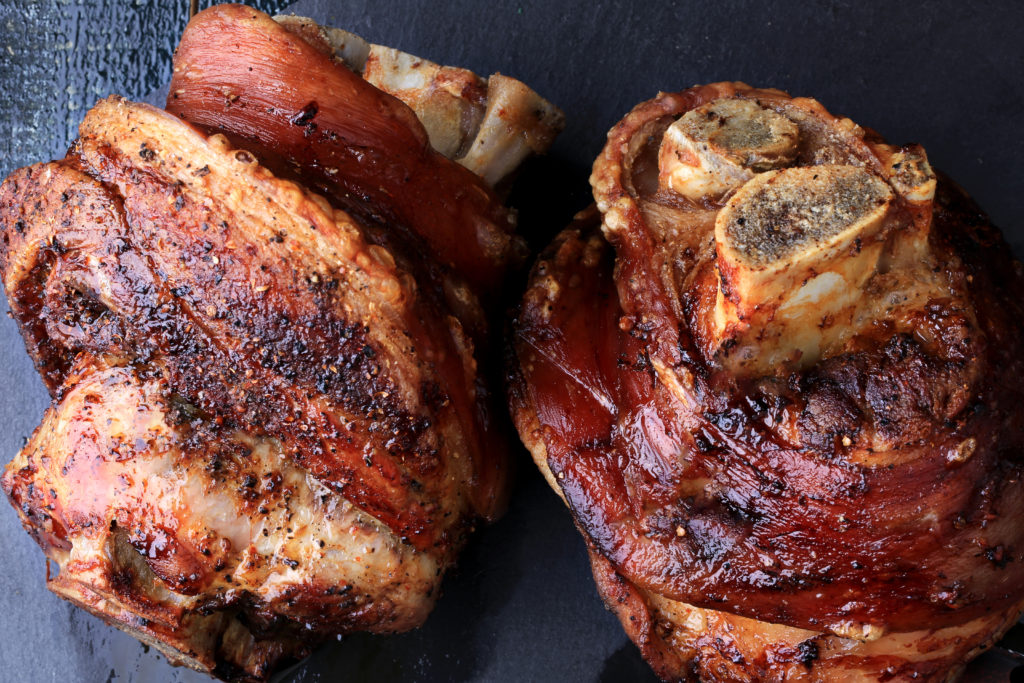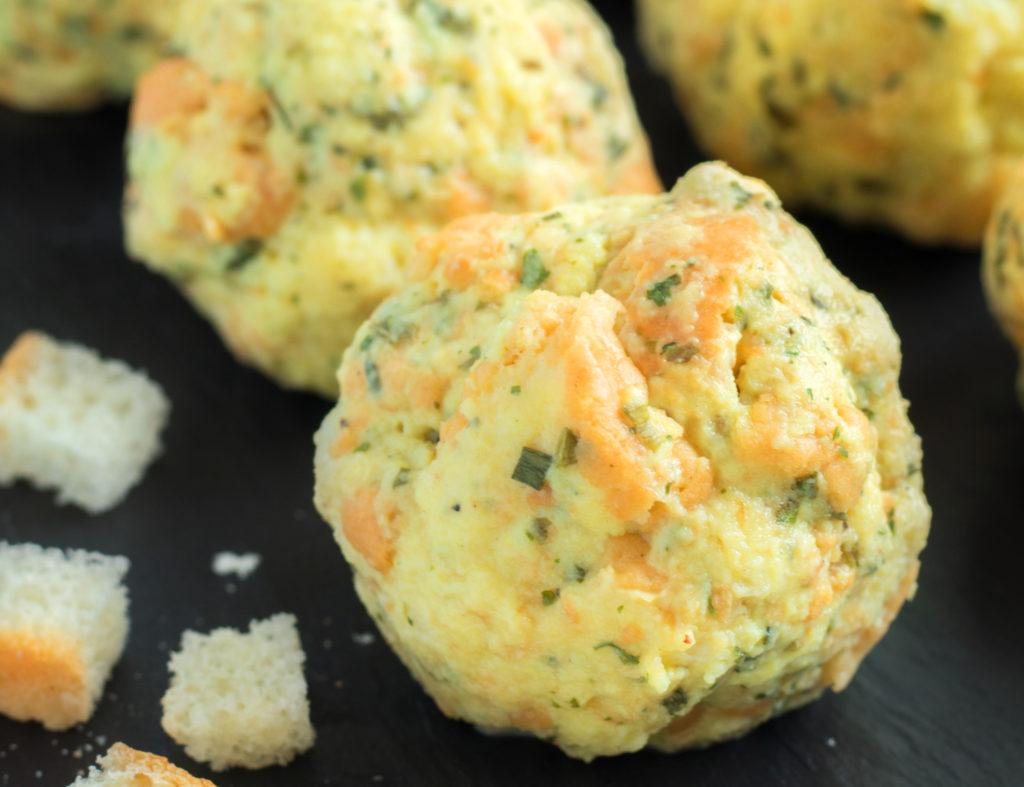Texas’ Ancestral Oktoberfest Recipes
The Germans began arriving in Texas in 1831. It was a few years before the future state’s Anglo settlers rose up to declare independence, and they quickly became the largest European faction in the land. Over the next decades — particularly during the tumultuous revolutionary years around 1848 — they ventured out from their homeland to see the enchanted land described to them in the letters of one of the first Germans to arrive, Johann Friedrich Ernst.
Of the many Old World cultural traditions that worked their way into the fabric of Texas life — dance halls, kolaches, Little Bohemia’s painted churches, and open-pit barbecue — one of the most enduring ones is Oktoberfest.
Oktoberfest celebrations are held all over Texas every fall, with one of the largest taking place in the Dallas suburb of Addison, and perhaps the most traditional held in the German hub of Fredericksburg. Festivities include plenty of great food, from classic German bratwurst with mustard and sauerkraut to delicious homemade pretzels. If you want to throw your own festivities this year, try these classic Oktoberfest recipes sourced and translated from German cookbooks.

Bavarian Pretzels
True Bavarian pretzels are larger than your head and can be ripped apart in large chunks of sweet, salty bread by a large number of family and friends sitting around the table. The trick to getting them right is a lively yeast, an egg glaze, and letting them have plenty of room to breathe in the oven. Yield: 10 pretzels.
Ingredients:
2 teaspoons yeast
2 ½ cups lukewarm water
2 teaspoons sugar
6 1/3 cups white flour, plus extra for flouring your worksurface
2 teaspoons kosher salt
2 tablespoons butter, softened
3 tablespoons baking soda
4 tablespoons large sea salt flakes
Method:
Preheat the oven to 425 F and prepare a baking sheet covered with parchment paper. Mix yeast, water, and sugar and let sit for 10 minutes. Then mix well with flour, salt, and softened butter. Roll the mixture out onto a floured surface and work until it forms a slightly sticky, elastic dough. Form the dough into a long roll and separate into six equal pieces. The middle of the pieces should be slightly thicker than the ends. Let sit for 15 minutes to rise.
Now it’s time to stretch. Professional Bavarian bakers have a special technique. They throw the dough in the air to stretch it. At home, you might want to stretch the dough with your hands on a well-floured surface. Once your dough is about an inch thick, form the pretzels by bringing the ends over and under each other and then twisting them into the classic pretzel shape. Let them sit and rise a little longer.
Boil a pot of water and add baking soda. Drop pretzels in the water and leave for 30 seconds. Remove them to your baking sheet and let them rest for 20 minutes until they are cold. Now you can sprinkle generously with your sea salt flakes. Bake for 20 minutes. Pull out and enjoy!
Adapted from Liebenswert Magazin.

Traditional Schweinshaxe
In Munich’s restaurants, this hearty classic trumps just about everything else on the menu. This braised pork knuckle is traditionally served with sauerkraut and dumplings, and when cooked right, the sweet meat falls right off the bone into a delicious brown gravy. One of the most difficult aspects of replicating the dish Stateside is finding a good pork knuckle; usually, ham hocks are served smoked. But if your local butcher can source one, there is no better main course for an Oktoberfest feast.
Ingredients:
2 Schweinshaxe (around 3 to 3 ½ pounds)
1 tablespoon salt
½ teaspoon pepper
Method:
Preheat the oven to 350 F. Prepare a baking sheet filled with water. Wash and dry the pork shank and make four 3-inch diagonal cuts into the skin, then cut transverse lines to make diamonds. This will allow the seasoning to work its magic and the skin to crisp as it cooks. Rub the meat with salt and pepper.
Place the meat directly on your oven’s middle rack and position your baking sheet with water on the rack below. Roast for 2 1/2 hours, occasionally basting with water. Two hours in, raise the oven temperature to 400 degrees.
If the meat does not have a rich, brown color after 2 1/2 hours, you may turn on the broiler to brown slightly. But be careful — it’s easy to overcook and blacken the skin. When it is finished, remove from the oven and let sit for 5 to 10 minutes before serving. Serve with sauerkraut and bread dumplings (recipe below).
Adapted from Bayerische Spezialitäten.

Classic Bread Dumplings
Semmelknödel are a necessary accompaniment to your Texas-German Oktoberfest. Yield: 8 dumplings.
Ingredients:
A half-dozen white rolls, preferably 2 or 3 days old
2 cups milk
1 pinch salt
1 bunch parsley
1 onion
1 teaspoon butter
2 eggs, beaten
3 tablespoons flour
1 pinch nutmeg
1 pinch pepper
Method:
Warm milk in a pot on the stove. Tear rolls into small pieces (around ¼-inch) in a large bowl. Pour over warmed milk and let the mixture sit for 30 to 45 minutes. Add salt, pepper, nutmeg, diced parsley, and eggs. Mix well. Grate your onion and sauté it in butter until it is very lightly colored (not brown) and add to your bread mixture. Form the mixture into balls with your hands (it gets messy) and cook the dumplings in boiling, well-salted water for 15 to 20 minutes. Enjoy your meal!
Adapted from Gute Kueche.
Find more of your Texas heritage in this time-travel journey through the decades back to the Texas Revolution.
© 2019 Texas Farm Bureau Insurance



